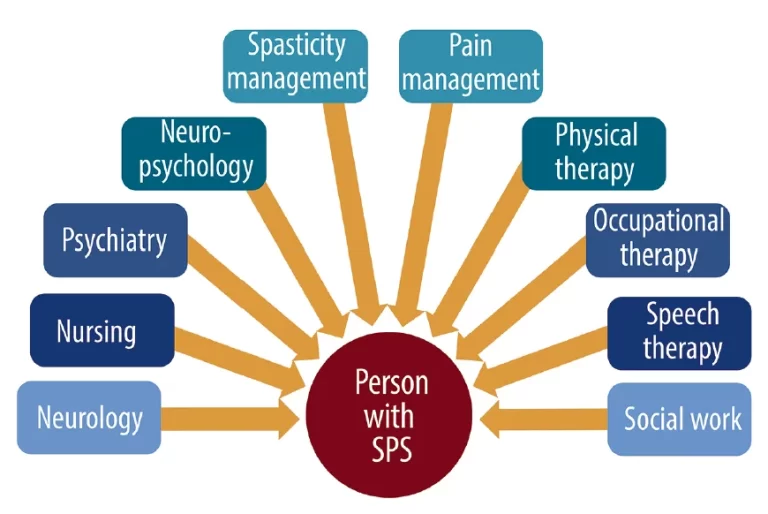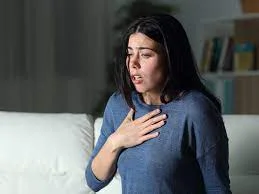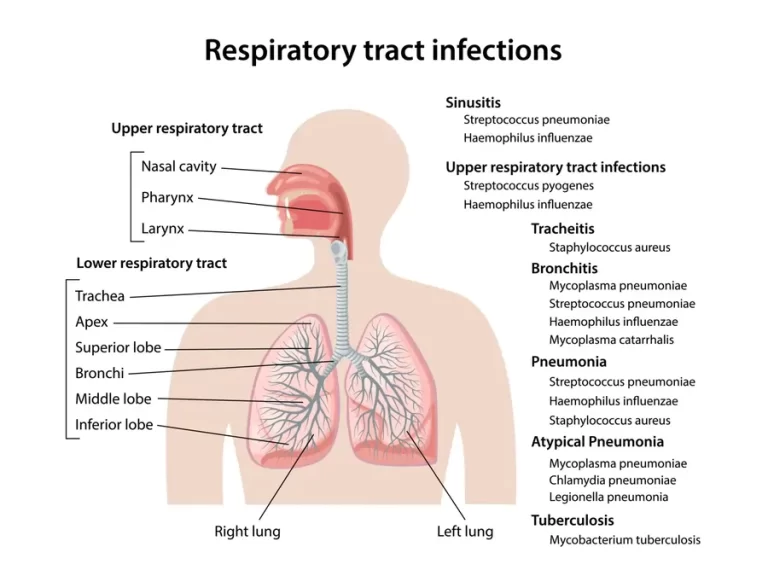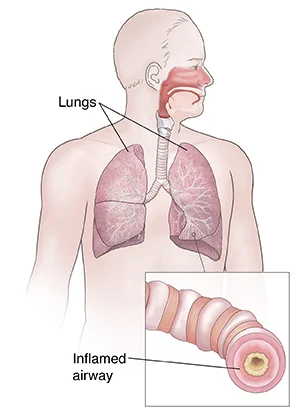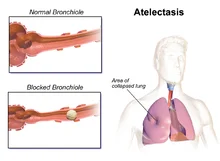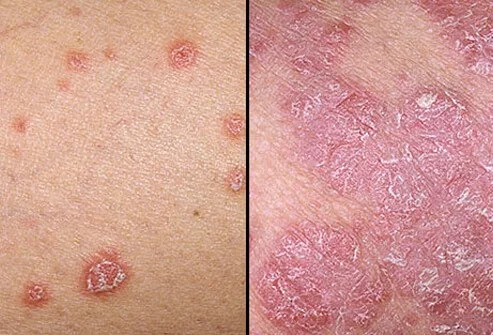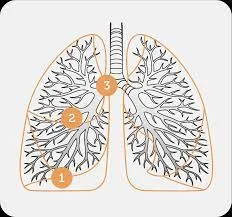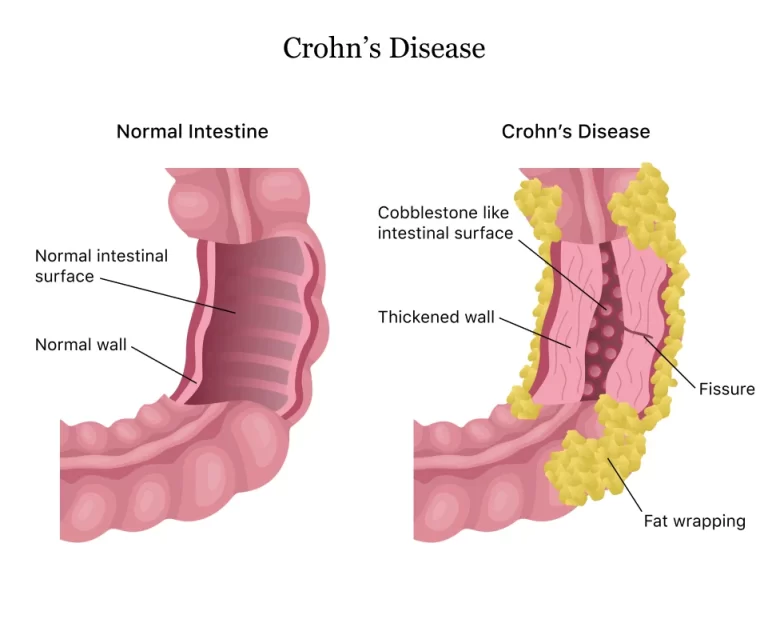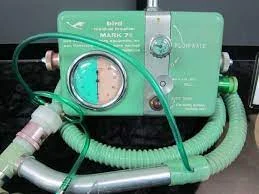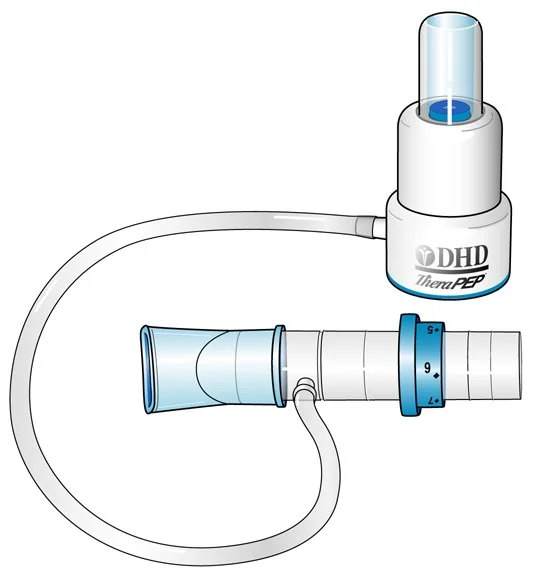Stiff person syndrome (SPS)
What is stiff person syndrome? Types of stiff person syndrome (SPS) There are several different subtypes or classifications for Stiff person syndrome (SPS), including: How does stiff person syndrome (SPS) affect? Stiff person syndrome (SPS) is also associated with the presence of other autoimmune conditions, such as: How common is stiff person syndrome? What are…

